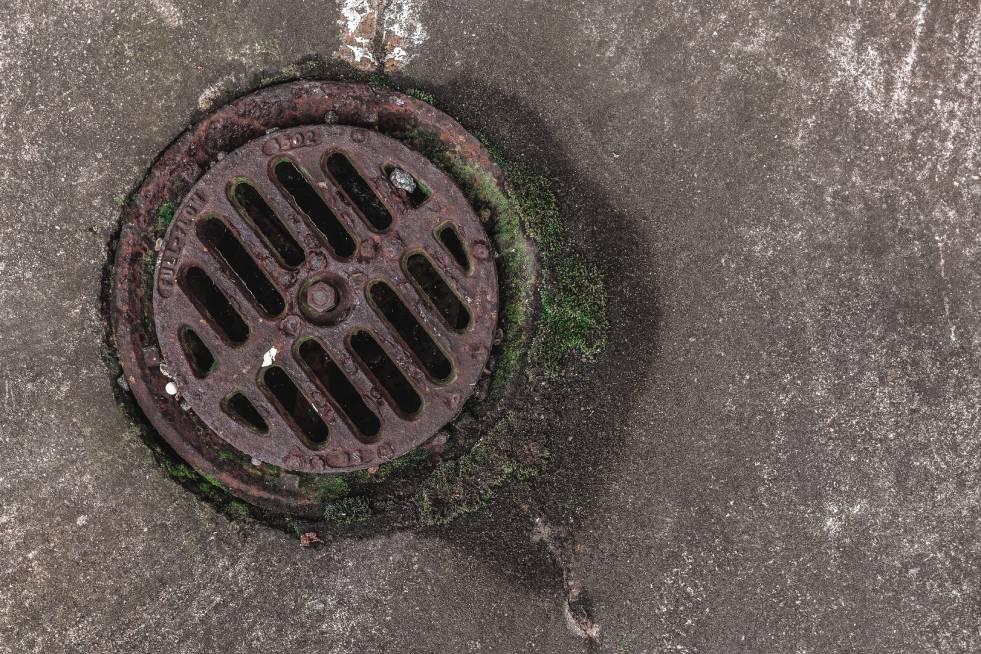How a Septic System Works
A septic system is a wastewater treatment system that treats domestic wastewater (blackwater and graywater) from homes and businesses. Septic systems are commonly used in rural areas where there is no access to a municipal sewer system.
A septic system typically consists of three main components:
- A septic tank: The septic tank is a large, underground tank that separates solids from liquids. Bacteria decompose the solids that settle at the bottom of the tank. The liquids flow out of the tank and into the drain field.
- A drain field: A network of perforated pipes buried in the ground forms the drain field. The liquids from the septic tank flow through the drain field. This is where they are further filtered and purified by the soil.
- A distribution box: The distribution box is a chamber that evenly distributes the liquids from the septic tank to the drain field.
Key Components, How They Work, and Maintenance Tips
The septic tank and drain field are the two most important components of a septic system. The septic tank removes solids from the wastewater, and the drain field filters and purifies the liquids.
Engineers designed septic systems to work with the natural environment. The bacteria in the septic tank help to break down the solids. The soil in the drain field helps to filter and purify the liquids.
Septic systems require regular maintenance to ensure that they continue to work properly. You should pump out the septic tank every three to five years. You should also inspect the drain field every two to three years.
If you live in a rural area and you don’t have access to a municipal sewer system, a septic system is a great way to treat your wastewater. By understanding how a septic system works, you can help to ensure that your system is working properly and that you are protecting the environment.
Additional tips:
- Read your septic system manual. The manual will provide you with detailed information about your specific system. This will include how it works, how to maintain it, and what to do in case of problems.
- Talk to your septic system installer. The installer can answer any questions you have about your system. They can also help you to understand how it works.
- Visit the website of the National Association of Septic Tank Services (NAST). NAST has a wealth of information about septic systems, including articles, videos, and a directory of septic system installers.
By following these tips, you can gain a better understanding of how a septic system works and how to maintain it properly. Now that you better underdstand the ins and outs of a septic system you can count on Great Falls Septic to be your go-to for your septic maintenance and Septic Service. Give us a call today to schedule a service appointment.


